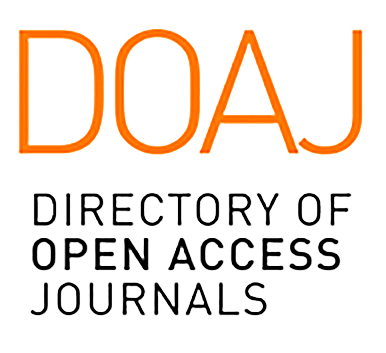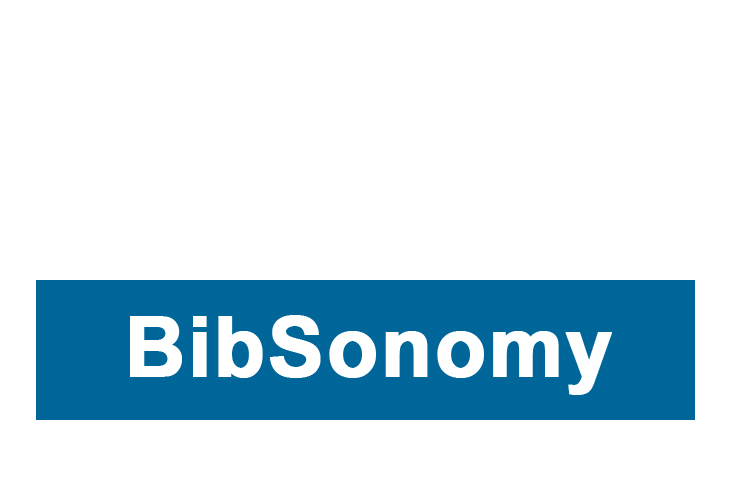Public Article
-
verified
Drivers of Stunting Among 0-23 Months Old Filipino Children Included in the 2003 and 2011 National Nutrition Survey
ISSN: 1929 - 4247
Publisher: author
Drivers of Stunting Among 0-23 Months Old Filipino Children Included in the 2003 and 2011 National Nutrition Survey
Indexed in
Health Sciences
ARTICLE-FACTOR
1.3
Article Basics Score: 3
Article Transparency Score: 3
Article Operation Score: 3
Article Articles Score: 3
Article Accessibility Score: 3
SUBMIT PAPER ASK QUESTION
International Category Code (ICC):

ICC-0702
Publisher: Lifescience Global Inc.
International Journal Address (IAA):

IAA.ZONE/192990834247
eISSN
:
1929 - 4247
VALID
ISSN Validator
Abstract
This study aims to evaluate household and individual level drivers of stunting among Filipino children aged 0-23 months in the 2003 National Nutrition Survey (NNS) and identified which factors pushed these same children to or out of stunting in middle childhood (8-9 years old) in 2011 Updating National Nutrition Survey (UNNS). All children aged 0-23 months in 2003 NNS were tracked if they're still in 2011 UNNS by matching identifiers: region, province, municipality/city, name, and birthdate. There are 290 children included in both surveys. Children were categorized as: stunted in 2003 but not in 2011 (catch-up); stunted in 2003 & 2011 (persistently stunted); stunted in 2011 but not in 2003 (stunted later). The prevalence of stunting increased from 17.2% in 2003 to 35.2% in 2011. About 22.1% became stunted later; persistently stunted (13.1%); catch-up (4.1%). The individual-level factors that contributed towards persistent stunting are...
























































